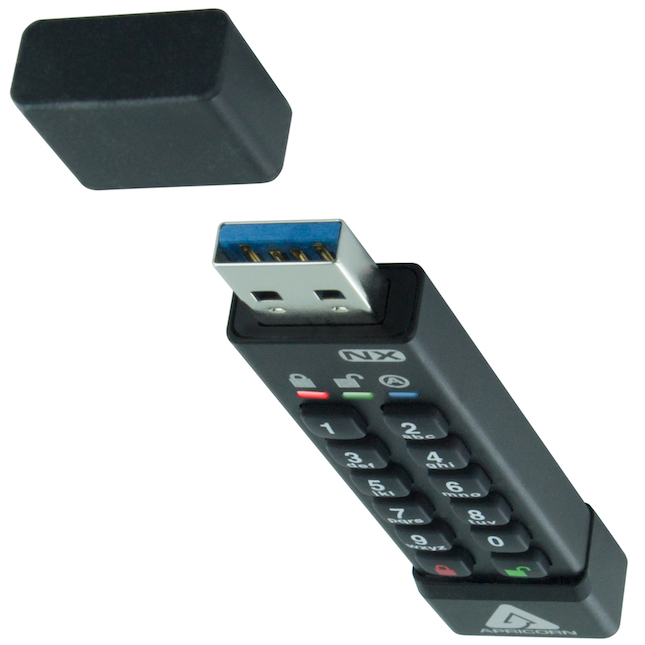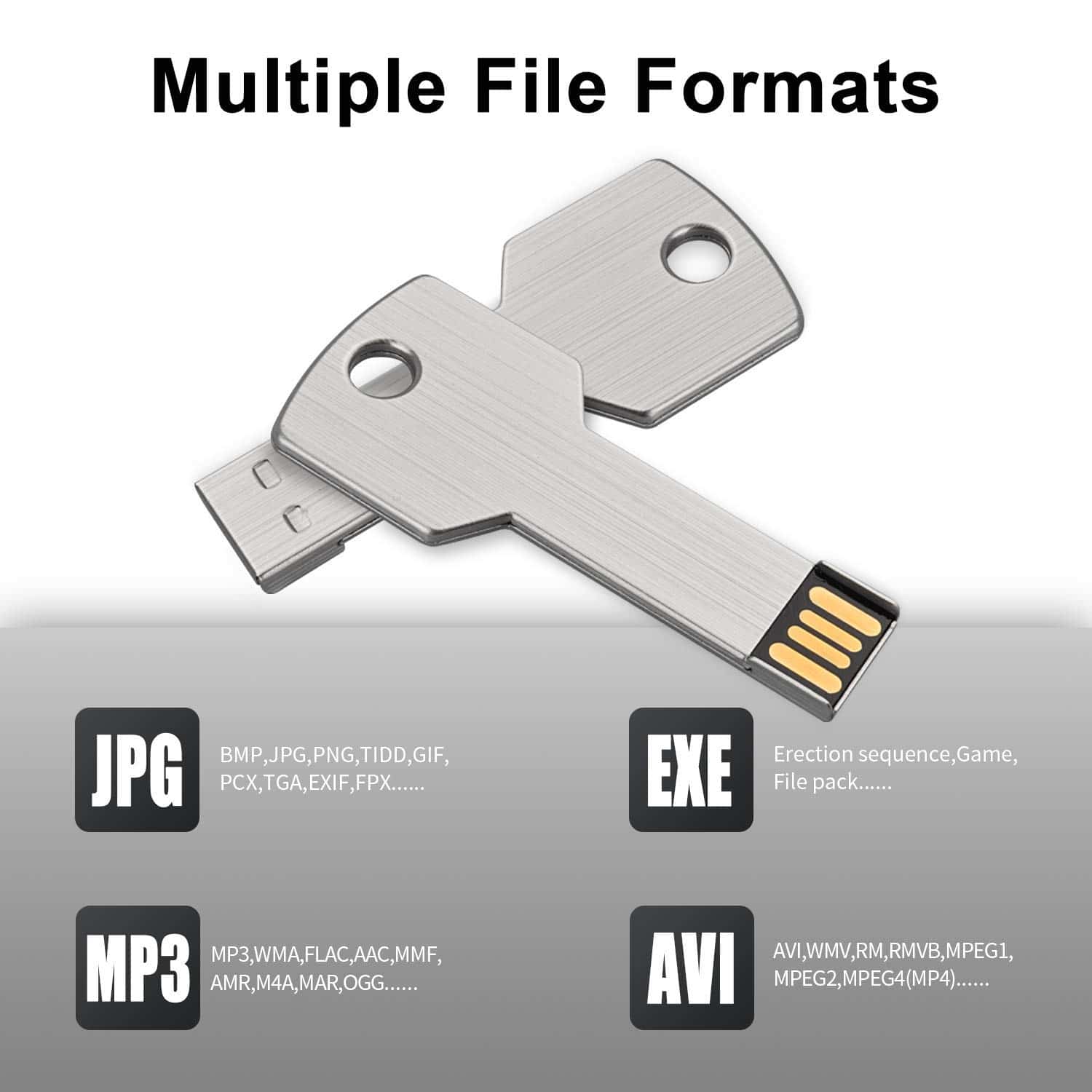

Of course, it’s not a completely perfect system. Then you could tell your guard at the front gate to only allow people through who know the password and possess the brooch. You could create a password for the front gate, but what if one of your enemies overhears it? To be on the safe side, you could give your knights a brooch. And you want to make sure that only your most loyal knights are allowed inside. You might be wondering: “Okay, it’s a second form of authentication – how exactly does that keep out criminals?” Think of it this way: The benefits of using a hardware security key You can also use security keys with many single sign-on services like Okta and password managers including 1Password (more on that later). But the situation is improving all the time. Not all devices and services support these keys. Want to stay secure online? Create a unique username with 1Password’s free Username Generator! This means that when you log in with your normal credentials – which could be a four-digit pin code on your phone, or a username and password on a website – you’ll be asked to provide your security key, too. Security keys are a form of second or multi-factor authentication (MFA). They’re known as a “ possession factor” because they prove you physically own something used to authenticate your account. What is a hardware security key?Ī hardware security key is a way to prove that you or someone you trust – and not a criminal – is trying to access or sign in to something. Here, we’ll break down what these dongles are and how they make it harder for criminals to gain access to your devices and accounts. Some people will also refer to them as just security keys, or two-factor security keys. These authenticators are called hardware security keys. You also have the option to edit each security key’s name or to delete it.Have you ever seen someone plug a USB dongle into their device in order to sign in to something? Or worked for a company that required you to use one whenever you unlocked your laptop, or logged in to an important account? The key’s name defaults to “Security Key” unless you choose a custom name. You’ll also find more info such as the key's name, the date it was added, and the date it was last used. There, you’ll find a list of the keys you’ve added, from the most recent to the oldest.

You can manage your security keys under your 2-Step Verification settings. This type of key turns off after each use.


 0 kommentar(er)
0 kommentar(er)
